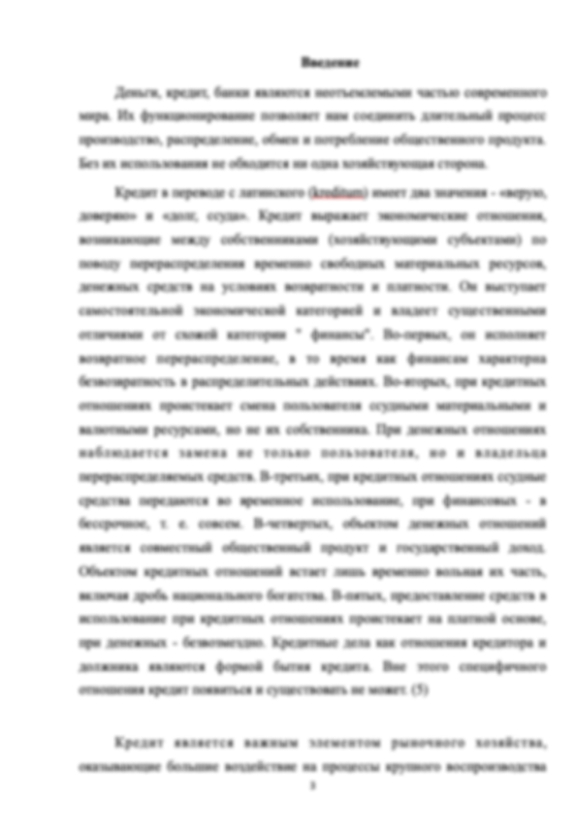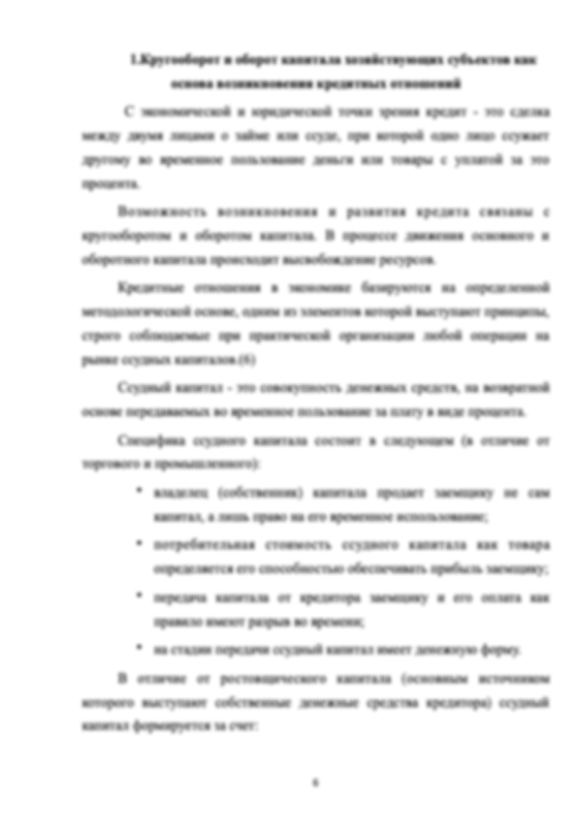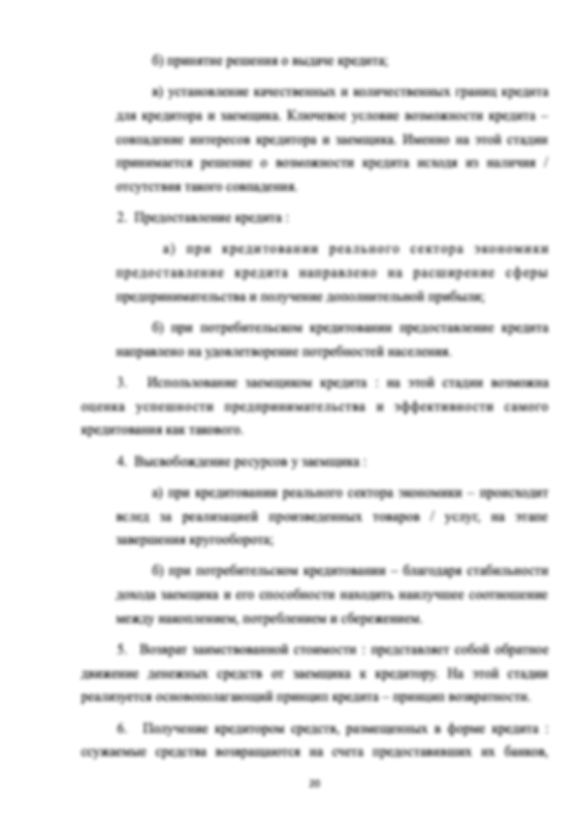все сдано на отлично! спасибо за помощь!
Информация о работе
Подробнее о работе

Английский язык в профессиональной сфере.фм_БАК(1/2)ГиМУ Синергия МТИ МОСАП Ответы на итоговый тест Иностранный язык в профессиональной сфере
- 4 страниц
- 2023 год
- 3 просмотра
- 1 покупка
Гарантия сервиса Автор24
Уникальность не ниже 50%
Фрагменты работ
- An asset is impaired if its carrying value exceeds the recoverable amount
- (IFRS: recoverable amount of an asset is the greater of fair value less any selling costs, or its value in use)
- If impaired, asset is written down to its recoverable amount and a loss is recognized in income statement
- Loss recoveries allowed under IFRS but not GAAP
a. Impairment
b. Trading securities
c. Identifiable intangible assets
d. Proxy statements
- Can be acquired separately or are the result of rights or privileges conveyed to their owner.
- Ex: patents, trademarks, and copyrights
- IFRS: Cost or revaluation (if active market exists) when purchased
- GAAP: Only cost model allowed
a. IFRS required financial statements
b. Identifiable intangible assets
c. Vertical common-size balance sheet
d. Deferred tax liabilities
- IFRS: assets that generate rental income or capital appreciation. Report at amortized cost (like PP&E) or fair value
- GAAP: no specific definition
a. Investment property
b. Working capital
c. Marketable securities
d. Diluted securities
# shares that have actually been sold to shareholders
a. Current ratio
b. Retained earnings
c. Accrued liabilities
d. Issued shares
1. Start-up and training costs
2. Administrative overhead
3. Advertising and promotion costs
4. Relocation and reorganization costs
5. Termination costs
a. Specific indentation method
b. Forms 3, 4, and 5
c. Unidentifiable intangible assets
d. Under IFRS and GAAP, the following 5 items should be expensed as incurred:
1. State objective and context
2. Gather data
3. Process data
4. Analyze and interpret data
5. Report conclusions or recommendations
6. Update periodically
a. 6 steps of financial statement analysis framework
b. Cash flow from financing activities (CFF)
c. Under IFRS and GAAP, the following 5 items should be expensed as incurred:
d. Examples of non-current liabilities
applies a constant rate of depreciation to an asset's (declining) book value each year
a. Measurement bases
b. Statement of changes in equity
c. Declining balance method
d. Financing cash flow
assets, liabilities, owner's equity
a. Statement of changes in equity
b. Examples of current liabilities
c. Statement of cash flows
d. 3 components of a balance sheet’
Assets = Liabilities + Owner's Equity
a. Net realizable value
b. Effective tax rate
c. Fundamental accounting equation
d. Management's Discussion and Analysis
cash + marketable securities + receivables / current liabilities --> liquidity
a. Retail method
b. Cash ratio
c. Gross profit
d. Quick ratio
Expenses that have been recognized in the income statement but are not yet contractually due
- taxes payable
- interest payable
- wages payable
- accrued warranty expense
a. Accrued liabilities
b. Deferred tax liabilities
c. Trading securities
d. Simple capital structure
Minority shareholders' pro-rata share of the net assets of a subsidiary that is not wholly owned by the parent
a. Outstanding shares
b. Simple capital structure
c. Liquidity-based format
d. Noncontrolling interest
Obligations in the form of promissory notes owed to creditors and lenders. Can be reported as noncurrent liabilities if matures in over a year
a. Notes payable
b. Accumulated OCI
c. Working capital
d. Proxy statements
Obligations that will be satisfied within one year or one operating cycle, whichever is greater. Meets any of the following criteria:
- Settlement is expected during the normal operating cycle.
- Settlement is expected within one year.
- Held primarily for trading purposes.
- There is not an unconditional right to defer settlement for more than one year.
a. Net realizable value
b. Current ratio
c. Accrued liabilities
d. Current liabilities
Proxy statement
a. Contributed capital
b. Form DEF-14A
c. Form 10-K
d. Value in use
Reports all changes in equity except for shareholder transactions
a. Allowance for doubtful accounts
b. 3 elements of an income statement
c. Income statement
d. Statement of comprehensive income
Reports on the financial performance of a company over time
a. Prepaid expenses
b. Balance sheet
c. Fair value model
d. Income statement
Results in COGS between LIFO and FIFO
a. Weighted average cost method (expense recognition)
b. 2 characteristics that make financial information useful
c. long term debt to equity
d. Statement of comprehensive income
Revenue - Expenses = Net Income (or Net Loss)
a. Noncurrent liabilities
b. Net revenue
c. 3 components of a balance sheet
d. Income statement equation
Revenues: inflows from delivering or producing goods/services
Expenses: outflows for delivering or producing goods/services or other operations
Other income: gains that may not arise from normal business
a. Statement of comprehensive income
b. 3 elements of an income statement
c. Components of shareholders' equity
d. PP&E under the revaluation model
the earnings per share a company would have based on the total number of shares including the effects of all stock options and convertible bonds
a. Financial reporting
b. Notes payable
c. Diluted EPS
d. Working capital
to use the information in a company's financial statements, along with other relevant information, to make economic decisions.
a. Financing cash flow
b. financial leverage
c. Financial statement analysis
d. Examples of current liabilities
total assets / total equity (solvency)
a. Noncurrent assets
b. financial leverage
c. Unqualified opinion
d. total debt-to-equity
Used to reduce the value of its controlling account
a. Contra account
b. Outstanding shares
c. Net revenue
d. Treasury stock
На оценку "Отлично". В зависимости от комбинации вопросов в вашем варианте теста возможна вариативность итогового балла в небольших пределах.
После оплаты вы сможете скачать файл с ответами. Все вопросы из файла указаны ниже в содержании.
Правильные ответы на вопросы выделены зеленым цветом.
Чтобы найти нужный вопрос в файле, необходимо нажать одновременно Ctrl+F. Становится активным окно поиска. Вводите несколько слов из интересующего вопроса. Нажимаете Enter. Система выдает результаты поиска и нужные слова выделяются цветом.
ВАЖНО: Вы покупаете готовую работу, а именно ответы на те вопросы, которые перечислены ниже. Перед покупкой убедитесь, что ваши вопросы совпадают с ними. Если вашего вопроса нет в этом списке, значит его нет и в файле с правильными ответами.
Английский язык в профессиональной сфере.фм_БАК(1/2)ГиМУ
1 Занятие 1
2 Занятие 2
3 Занятие 3
Форма заказа новой работы
Не подошла эта работа?
Закажи новую работу, сделанную по твоим требованиям


